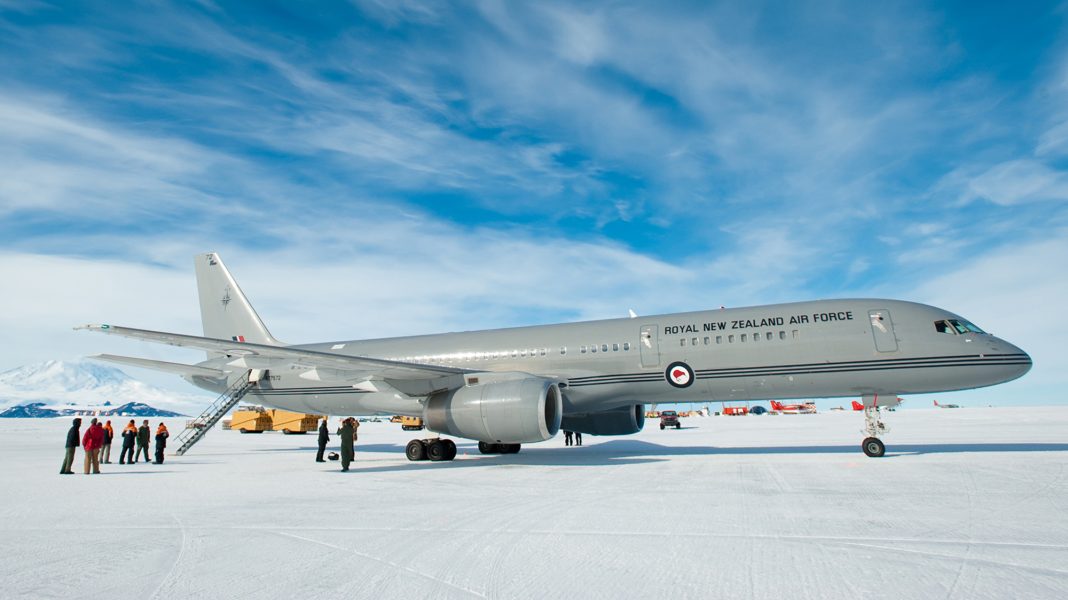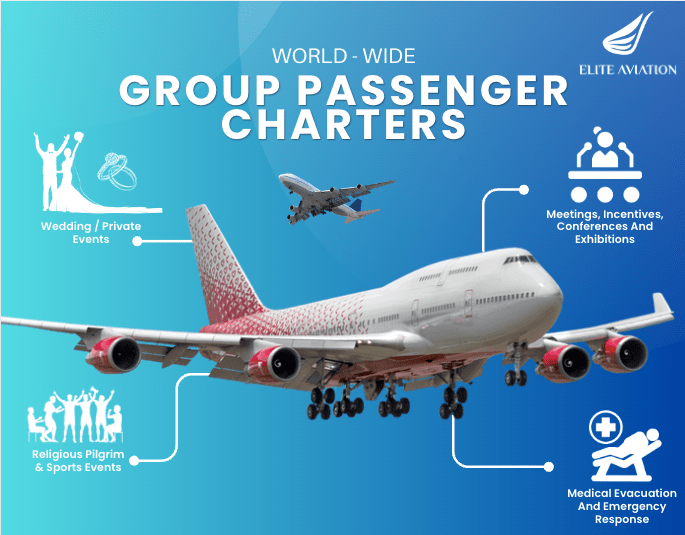The Royal New Zealand Air Force has begun a tender process for the replacement of its two Boeing 757 aircraft, naming Boeing 737 MAX 8s or Airbus A321s as their preferred options.
Entering Royal New Zealand Air Force (RNZAF) service in 2003 after ten years with Dutch airline Transavia, the air arm’s two Boeing 757-200s replaced two Boeing 727s which had served since the 1980s. With both airframes over 30 years of age, increased maintenance costs and unreliability are pushing forward a “fast tracked” procurement process for replacements to arrive before the end of 2027.
The RNZAF have stated that its preferred replacement would be a 737 MAX 8 or an Airbus A321. This would leave the door open to acquiring the A321LR or A321XLR models, which are the most direct replacements available, but the specification of the 737 MAX 8 model is somewhat odd as the larger 737 MAX 10 is a closer equivalent to the 757-200.
Unlike the Boeing 737, 747, 767 and 777, the 757 airframe has not been developed into new, more modern variants and it ceased production entirely in 2004. Despite calls from many airlines to develop a direct successor in the long-range narrowbody market, Boeing has instead offered newer 737 variants (the MAX series) to fill this demand, with mixed success. Airbus, on the other hand, has taken a large amount of the market share formerly held by the Boeing 757 with the A321.

Acting as long-range multirole transports, the RNZAF’s 757s have travelled the globe on missions supporting overseas operations, humanitarian relief, executive transport, and medical evacuations. Modified shortly after their acquisition, the former civilian airliners were fitted with large cargo doors allowing the loading of up to 11 pallets of cargo or palletized equipment into the main cabin. Integrated boarding stairs were also retrofitted to improve the 757s’ capability to operate from austere locations without ground equipment available.
A second New Zealand Government flight repatriated 80 people from Port Vila today.
101 New Zealanders have now returned home safely this week.
60 foreign nationals – from 🇦🇺 🇧🇪 🇧🇷 🇨🇦 🇫🇮 🇫🇷 🇩🇪 🇮🇳 🇮🇹 🇯🇵 🇵🇱 🇼🇸 🇸🇬 🇸🇧 🇪🇸 🇨🇭 🇬🇧 🇺🇸 – have also been helped to evacuate.
New Zealand… pic.twitter.com/kE9sNB01Cy
— Winston Peters (@NewZealandMFA) December 21, 2024
Following operational evaluations over the southern hemisphere summer of 2009/2010, the 757s were cleared to operate to and from landing strips in Antarctica. Since then, the two 757s have augmented the RNZAF’s C-130s to fly personnel and supplies during the brief period each year where routine aircraft operations in Antarctica are possible. In 2023, in a particular demonstration of the fleet’s unreliability, one of the 757s suffered a mechanical fault after landing at the Antarctic airstrip, leaving a group of researchers intending to return home stranded for several more days.

More famously, New Zealand Prime Ministers Christopher Luxon, Jacinda Ardern, and Sir John Key, have all faced delayed itineraries due to various breakdowns with the Boeing 757s they were due to use. When Prime Minister Chris Hipkins visited the People’s Republic of China in 2023 both RNZAF 757s were taken, with one following as a backup. While this redundancy is standard practice for the VIP aircraft operations of some other nations like the United States, Japan, and France, as the RNZAF’s aircraft are not dedicated to the VIP role it leaves the second aircraft unable to attend to urgent operational requirements that may arise.
Posting on various social media platforms, Judith Collins, the Attorney-General and Minister of Defence for New Zealand, commented on the commencement of the replacement program: “Our New Zealand Defence Force has done a remarkable job keeping 30+ years old planes able to transport personnel and equipment throughout the Pacific and even Antarctica, as well as taking trade missions around the World. That sort of age makes it difficult to get spare parts and, as any classic vehicle owner will know, they take a lot of TLC [tender loving care].”
While New Zealand’s minds seem set on an Airbus or Boeing contender, an out-of-the-box bid could be on the cards from Embraer, who are keen to offer their C-390 Millennium airlifter. The C-390 has enjoyed a very successful entry to service with six nations, including South Korea, Sweden, and the Netherlands, now set to join existing operators Brazil, Portugal, and Hungary.
As a tactical airlifter, the C-390 takes on a significantly different form from the Boeing 757 and the specified preferred replacement options, but Embraer assures that a palletized VIP module would be available. It would, however, still lack many of the passenger comforts available on airliner-type aircraft, like windows, and arguably as a very military-looking cargo airframe it may not project the image that New Zealand would intend for official VIP visits overseas.

Other 757 Operators
As the type gradually withdraws from mainstream commercial service, an increasingly higher proportion of remaining 757s are in service with military, government, and private operators. Remaining state operators include the Kazakhstan Air Force, Saudi Arabian Government, Argentinian Government, and the United States Air Force.
Notably, one example is owned by former President of the United States and current President-elect Donald Trump. While Trump has traveled on, and will travel on, U.S. Air Force aircraft when incumbent as President, he has used the 757 extensively as a private aircraft and has made fond remarks about the aircraft type.
The U.S. Air Force has recognized the eventual need to replace the type in its service, but has held off from formally initiating a replacement program in recent budget requests. The Air Force’s 757s, designated C-32, vary in age due to different acquisition dates, but are all between 20 and 30 years old. The majority of the fleet is made up of the C-32A variant, painted in the signature USAF blue and white VIP scheme and occasionally acting as Air Force 1. More commonly, these aircraft support Vice Presidential travels as Air Force 2, as well as executive transport for various lower levels of government and military officials.

Official USAF figures list four C-32As in service, but four additional airframes are known to also be in service. It is not known why these four extra airframes are not acknowledged.
A number of additional airframes are in service as C-32Bs, but the exact number is a matter of contention. It is apparent, through the close inspection of distinguishing features on different airframes, that serial numbers and registrations that identify these aircraft have at times been swapped from airframe to airframe. The USAF has previously officially acknowledged the existence of two C-32B aircraft, but there are five military serials and two civilian registrations accredited to the fleet. The civilian registrations are nominally registered to a subsidiary of the L3Harris defense contractor.
As far as aviation enthusiasts have been able to deduce, the four 757 airframes 25491, 25493, 25494, and 29304, make up this mysterious fleet. At least some of these airframes are capable of refueling in the air, a unique capability among all 757s. It may be the case that this feature distinguishes C-32Bs from simply being 757-200s, but until further details emerge this remains speculation.
What refueling a Boeing C-32B looks like from the air and from the ground. pic.twitter.com/S18CIHtEql
— Thenewarea51 (@thenewarea51) March 8, 2021
The fleet are mostly unmarked, aiming to be inconspicuous as they dart across the globe in and out of civilian airports including London Heathrow, Shannon, Stuttgart, Sydney, Bangor, and Berlin. They are likely used to support global clandestine operations by a number of civilian and military units.
As Boeing face criticism for cost overruns and delays on high profile military procurements like the KC-46 Pegasus and the VC-25B, and increasingly poor public opinion for a series of scandals involving their commercial aircraft, it seems unlikely that a contract for VIP jets would come their way from the USAF any time soon. Instead, the USAF, constrained by Boeing’s bad reputation, and its own budgetary restrictions, may eventually be forced to seek second hand airframes.
The SAOC program to replace the E-4B Nightwatch appears to be proceeding at pace, involving second hand Boeing 747 aircraft but contracted instead to Sierra Nevada Corporation. Should this continue to run smoothly, it may prove to be a model option for the recapitalization of the C-32 fleet. In the meantime, 757 retirements across the globe mean spares are in no short supply, and expense is rarely spared by the USAF when concerning their VIP fleet.



